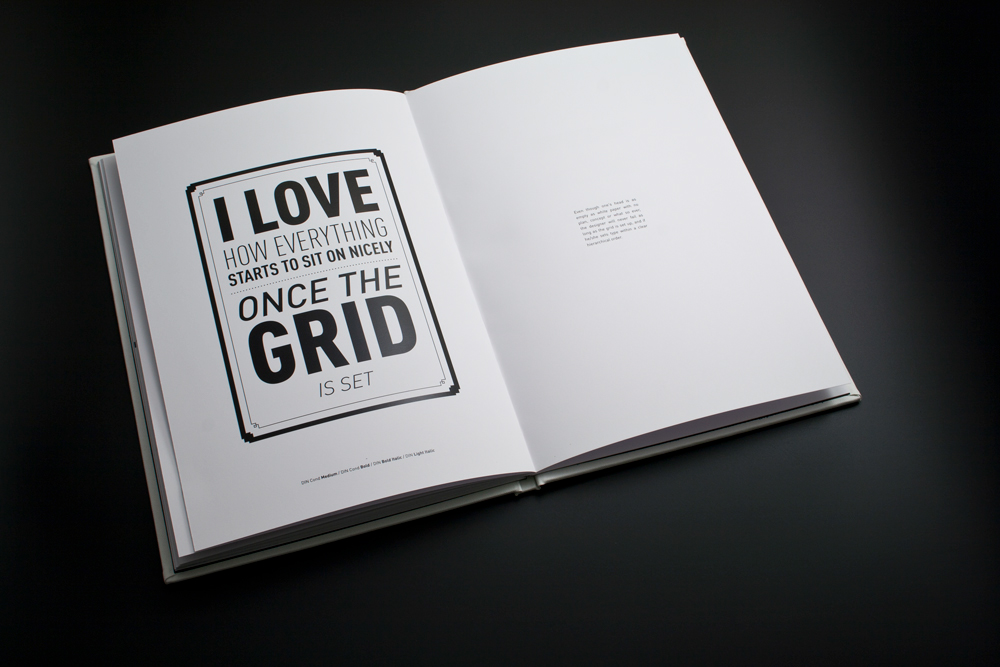


Free modern serif fonts Commercial modern serif fonts Slab Serif Fonts Vertical lines of the modern serif fonts are usually very heavy, which, in combination with thin and light serifs, makes a text, printed in modern serif font, less readable. These are the extreme high line contrast, vertical stress instead of diagonal, and long and fine serifs. Also known as Didone serif typefaces, the family of modern serifs fonts has vivid differences from the old style serif fonts. Modern serif fonts first appeared at the end of the 18th century. Free transitional serif fonts Commercial transitional serif fonts Modern Serif Fonts Transitional serif fonts are sometimes called “baroque fonts”. Unlike old style serifs, transitional serif fonts feature higher line contrast with more distinctive difference between thick and thin lines. This font, created in 1932, is the most vivid representative of the transitional serif fonts, which first appeared in the middle of the 18th century and now stands between old style and modern serifs in the typical font classification. It is believed that the combination of diagonal stress and bracketed serifs in old style serif fonts creates a special positive word picture, which is especially favorable for the ease of reading and perception.įree old style serif fonts Commercial old style serif fonts Transitional Serif FontsĮveryone knows Times New Roman font, which is commonly used as the default font in computer text editors. The key features of the old style serif fonts are low line contrast (when there is only a slight difference between thick and thin lines forming a letter) and diagonal stress (the thinnest parts of the letters are those at the angles). Old Style Serif Fontsĭating back to the middle of the 15th century, old style serif fonts are considered to be based on the humanist calligraphy. As the result, now we have several types of Serif fonts, each with its own peculiarities and specific features. Stemming out of the ancient Roman alphabet with the letters carved into stone, Serif fonts have passed a long way of development and evolution. However, in electronic media, due to the specificity of perceiving a text on the computer screen, it is preferred to use Sans Serif rather than Serif fonts, because reading letters without serifs is considered to be easier on the screen. This is why Serif fonts have always been among the primary choices for printing books, newspapers, and magazines.

It is interesting to note that along with purely decorative function serifs are believed to play a role in the text perception mechanism by the human eyes, making the printed text easier to read.


 0 kommentar(er)
0 kommentar(er)
